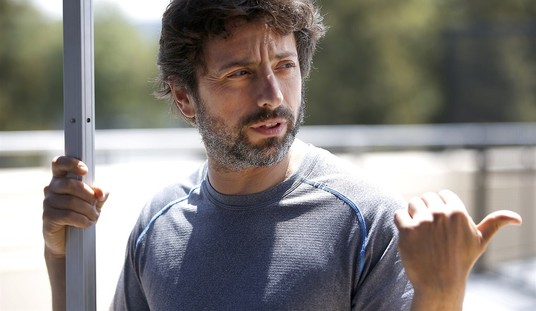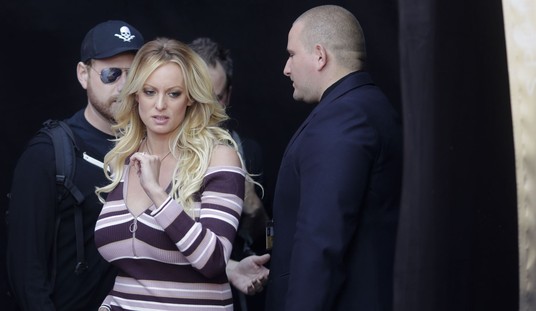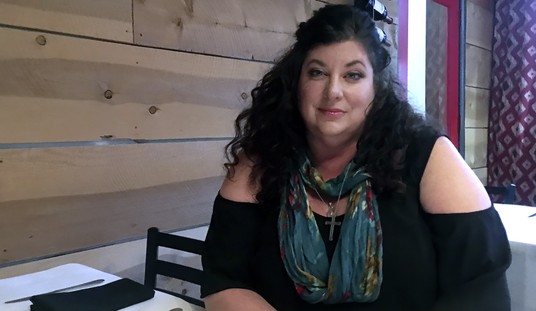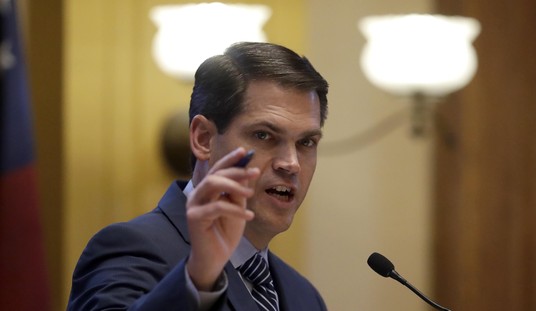 The other night, I finally got around to watching The September Issue on Netflix; a documentary about the making of the then-massive annual fall fashion preview issue of Vogue in 2007. For those unfamiliar with Vogue, it’s one of those first generation pre-Blogosphere e-zines delivered in low-res analog form via flimsy portable tablet computers made from the byproducts of dead trees. Yuck!
The other night, I finally got around to watching The September Issue on Netflix; a documentary about the making of the then-massive annual fall fashion preview issue of Vogue in 2007. For those unfamiliar with Vogue, it’s one of those first generation pre-Blogosphere e-zines delivered in low-res analog form via flimsy portable tablet computers made from the byproducts of dead trees. Yuck!
Seriously though, it’s a fascinating time capsule of a film, sort of the Titanic or Last Days of Pompeii of the New York magazine industry. And beyond the world of Vogue depicted in the movie itself, of a supremely competent insular liberal Masters of the Universe worldview just before the lights went out on the world’s economy, and elites got what they wanted in the years that followed — good and hard, as Mencken would say. President Obama likes to say that Americans have been pretty soft in recent years; he need only watch this film to see how right he was about his core constituency. When Occupy Wall Street complains of “The One Percent” and their enormous wealth, well, come and see the plutocratic excess inherent in the system.
When The September Issue first played in 2009, Serena French of New York Post, who dubbed it a “Hazy Shade Of Wintour,” described the film as “a snapshot of Paris before the Revolution, before the bottom fell out of the Park Avenue parquet, the world [that Vogue editor Anna Wintour] courted and documented so finely in the pages of her magazine:”
That the most powerful and protected woman in fashion does so now — in this film, on “60 Minutes” earlier this spring, on “Letterman” next week — is a mystery. Except that after 20 years, with fashion in economic crisis, management consultants turning Condé Nast inside out, vulture critics circling and speculating about her own exit strategy, she must be thinking in terms of legacy.
For the documentary, which opens Aug. 28, the magazine — which is to say Wintour — allowed Cutler an extraordinary level of access for the closing of the most important issue of the year in 2007, which at 840 pages was the magazine’s biggest ever. Cutler followed Wintour and her team from the shows in February — when fall clothes are shown on world stages — from planning with editors and photographers, fashion shoots, meetings with retailers and designers, to closing in July, interspersed with interviews at her homes in Greenwich Village and Long Island.
This peek inside the star chamber is juicy viewing on a number of levels. It’s a psychological portrait of Anna, powerful female executive, mother, daughter, perfectionist. It’s a front-row seat at how the albeit-impeccably-turned-out-but-sausage-nonetheless gets made at Vogue.
And perhaps most interestingly, it’s a snapshot of Paris before the Revolution, before the bottom fell out of the Park Avenue parquet, the world Wintour courted and documented so finely in the pages of her magazine.
Cut to the $2 million-a-year editor sipping her Starbucks in the back of a chaffeur-driven limousine that is her daily commute as the examples of a soon-to-be bygone era unfold.
As the pressure of producing a blockbuster issue mounts, Wintour jettisons $50,000 worth of photos from a shoot. One minute a designer dress is on a rack in the halls of Vogue, the next it is on her back. Heraldic assistants sounding the alarm of her arrival contrast nicely with viewers’ knowledge that, in real life, Condé Nast receptionists were all recently laid off.
Even if you don’t give a fig for fashion, it’s rare that you get to see Nero tuning up his fiddle as Rome is about to spontaneously combust.
As Kyle Smith of the Post wrote back then on his blog, that’s the magic of a documentary: “Convince somebody that you’re going to make them a big-screen star, then let them hang themselves.” (A technique that’s certainly worked to devastating results in the music world with such documentaries as the Maysles Brothers’ Gimme Shelter and Taylor Hackford’s Hail! Hail! Rock & Roll.)
Even after their plots are familiar, certain films are fun to return to again and again because they’re time machines that allow us to instantly turn the clock back to bygone eras, both good and bad. But what other time capsule films are there? We’ll explore that right after the page break.
Off the top of my head, here’s my list of dramas, and a couple of documentaries, that capture eras long since expired. It’s a rather New York and California-dominated list, but these films are time capsules not so much of cities that have undergone striking transformations in the last 45 years, but of American liberal worldviews and attitudes that have transformed since the early 1960s:
1. North By Northwest and Vertigo: Alfred Hitchock’s twin late-‘50s classics, showing a Manhattan and San Francisco, respectively, from the late 1950s that would both be utterly upended by liberalism in the coming decades. The lush North By Northwest, with its combination of New York City, the classic 20th Century Limited, giant ‘50s cars and Cary Grant at his peak is a particularly memorable time machine.
2. Gimme Shelter: Perhaps even more than Woodstock, this film captures the primitive ethos of the late 1960s like no other. And the dialogue has a uniquely McLuhan-esque ring to it, utterly capturing the stilted “whoa, heavy, bummer, man” jargon of the period. Try to tune out the rock music and just listen to dialogue next time you watch to see what I mean.
3. FM: The sunny, groovy side of ’70s Los Angeles and its peaceful easy feelin’ music, even as the barbarians of punk rock were waiting at the gate.
3. Annie Hall and Taxi Driver: the yin and yang of New York in the mid-1970s. Woody’s film in particular is one of the quintessential mid-1970s moments; Scorsese’s spot lights the dark underbelly of Manhattan during the Lindsay years, and Time Square at its nadir, before Rudy Giuliani revitalized the city. At least for a time.
4. The Last Days of Disco: Whit Stillman’s film, set in the waning days of disco and a very different Manhattan of the early 1980s than the Brooklyn depicted in Saturday Night Fever.
5. Wall Street: Manhattan’s financial world in the mid-1980s, or at least how we all imagined it to be.
6. Law & Order: The First Year: As Ed Koch famously said when he was voted out of office in 1989, “the people threw me out, and now the people must be punished.” Long before it became a liberal soap opera, this TV show in its earliest year effortlessly captured the horrors of the Dinkins era in New York.
7. And The September Issue, and New York in 2007. In 2006, I linked to one blogger who wrote that “Americans Hate their Fabulous Economy.” We can see just how fabulous it was – or at least seemed, via DVD and Netflix. If Americans want to scale those heights once again and not just relive them via our TVs and computer monitors, we’ve got our work cut out for us.
But in the meantime, what are your favorite time machine movies, whether they’re documentaries or fictitious productions? Unlike the closed loop world of the dead tree magazine industry, we encourage you to discuss in the comments below.









Join the conversation as a VIP Member